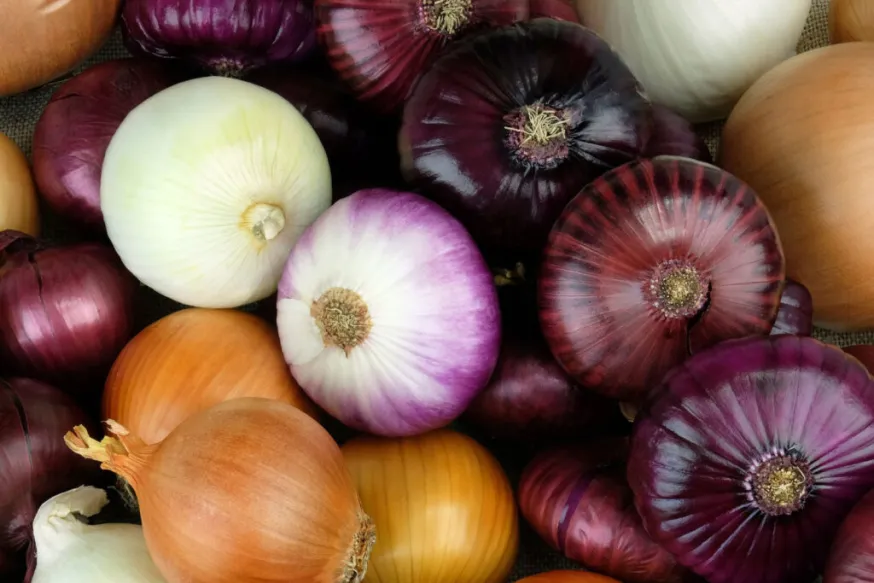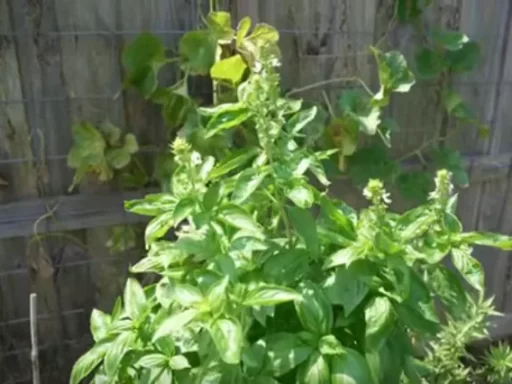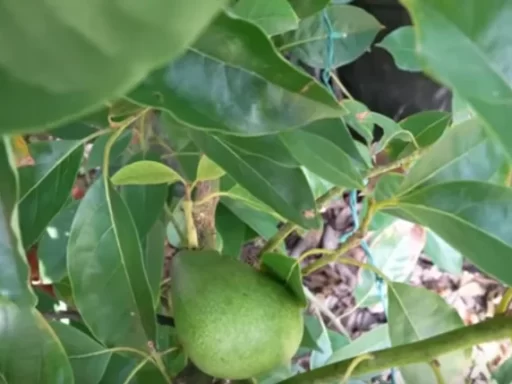As the cold season approaches, many of us might think it’s time to put our gardens to rest. However, the winter chill doesn’t necessarily mean the end of gardening. You can still grow a variety of vegetables throughout the winter! These hardy crops thrive in the cold and can keep your garden productive even during the frostiest months. Whether you’re in a warmer climate or experiencing colder winters, this guide will help you choose the right vegetables to plant for continuous harvests.
The Benefits of Winter Gardening
Many gardeners feel burnt out after a long growing season and look forward to taking a break. However, after a few weeks, the desire to return to the garden often kicks in, especially as cabin fever sets in during the colder months. Winter gardening allows you to enjoy fresh produce year-round, provides a reason to get outside, and offers a burst of greenery when everything else seems dull and dormant. Not only does winter gardening help relieve that midwinter boredom, but it also ensures that you have a steady supply of fresh vegetables on hand.
Winter Vegetable #1: Bunching Onions
Bunching onions, also known as green onions, are perfect for winter gardening. Unlike traditional bulbing onions that require long summer days to grow, bunching onions are not dependent on day length and can thrive in cold temperatures. These onions grow primarily for their greens and can be harvested throughout the year. They tolerate both heat and cold, making them a versatile crop for various climates.
In zones like 8A, where temperatures can drop as low as 14°F, bunching onions continue to thrive without significant damage. Even if you experience cooler winters, bunching onions can be a reliable source of fresh greens. Just snip the tops as needed, and they’ll keep producing!
Winter Vegetable #2: Leeks
Leeks are another member of the onion family that are exceptionally cold-hardy, even more so than onions. They can withstand extreme winter conditions, especially if you select the right variety. For example, in zone 8A, the “King Richard” variety grows well year-round. If you live in colder areas, opt for a variety like “Blue Solaise,” which can survive under snowpack and remain fresh throughout the winter.
Leeks grow slowly in the colder months, so it’s a good idea to plant them in waves for a continuous harvest. You can stagger your plantings to ensure you always have fresh leeks available, even in the heart of winter.
Winter Vegetable #3: Garlic
Garlic is a must-plant crop for the winter season. Unlike onions and leeks, garlic needs cold exposure to properly develop bulbs. The process of vernalization, where garlic needs to experience hundreds of hours of cold, makes fall the ideal time to plant this crop.
There are two main types of garlic: hardneck and softneck. Hardneck garlic is extremely cold-tolerant and thrives in colder zones (3-8), while softneck garlic grows well in milder climates (zones 5-10). Whether you live in a freezing climate or a more temperate area, there’s a garlic variety for you. For optimal results, plant your garlic in the fall and enjoy a bountiful harvest in the spring.
Winter Vegetable #4: Kale
Kale is one of the easiest greens to grow in colder climates. This leafy vegetable is incredibly resilient, surviving temperatures as low as 8°F, as experienced during a 100-year freeze in North Carolina. In zones 7 and above, kale can be grown without any protection. If you live in colder zones, building a simple hoop structure can extend the growing season even further.
One of the best kale varieties for winter gardening is “Red Russian,” which is known for its cold tolerance. Kale is a fantastic addition to any winter garden, providing fresh, nutritious greens throughout the season.
Winter Vegetable #5: Carrots
Carrots are another cold-hardy vegetable that can be grown year-round, especially in milder climates. Even during an 8°F freeze, carrots suffered no damage, making them one of the best vegetables for winter gardening. As long as the soil doesn’t freeze solid, carrots will continue to grow. You can create a simple hoop structure to keep the soil warm, ensuring your carrots thrive all winter long.

Carrots are also one of the easiest vegetables to grow. They are pest and disease-resistant, and by planting them in succession every few weeks, you can ensure a continuous supply of fresh carrots.
Winter Vegetable #6: Radishes
Radishes are one of the fastest-growing vegetables, making them perfect for the colder months. Most varieties go from seed to harvest in just 25 days, so even if you live in a region with short winter days, there’s still enough solar energy to grow radishes.
The key to growing radishes in the winter is ensuring the soil remains workable. Even if you live in a colder climate, building a hoop structure or using row covers can help maintain soil warmth, allowing you to grow radishes all winter long.
Winter Vegetable #7: Parsley
Parsley is surprisingly cold-tolerant, making it an excellent herb to grow in winter. While it may not survive the summer heat in some climates, parsley thrives in cooler temperatures. Even when temperatures drop as low as 14°F, parsley will only suffer minimal leaf damage and bounce back with a bit of fish emulsion.
If you love using fresh herbs in your cooking, parsley is a must-grow crop for your winter garden. It provides fresh, aromatic leaves even during the coldest months of the year.
Winter Vegetable #8: Cilantro
Cilantro, or coriander, is another herb that excels in winter gardening. It is highly sensitive to heat and will bolt at the slightest increase in temperature. This makes cilantro a perfect winter crop for gardeners who struggle to grow it in the summer. Cilantro can withstand extremely cold temperatures and grows vigorously in cooler weather.
Cilantro seeds (or coriander seeds) can be sown in late fall, and you can enjoy fresh cilantro leaves all winter long. If you live in a region with milder winters, cilantro is one of the most cold-tolerant herbs you can grow.
Winter Vegetable #9: Arugula
Arugula is a fast-growing leafy green that flourishes in cold weather. Like cilantro, arugula is highly sensitive to heat and bolts quickly once temperatures start rising. This makes it an ideal winter crop for gardeners in both mild and colder climates.
You can grow arugula throughout the winter by sowing seeds in late fall. The plant will grow quickly, and you can harvest it using a cut-and-come-again method. Simply snip the leaves above the base, fertilize the plant, and watch it regrow in a matter of weeks.
Frequently Asked Questions
- Can I grow vegetables in the winter without a greenhouse? Yes, many cold-hardy vegetables can be grown outdoors during the winter, especially with the help of simple structures like hoop houses or row covers.
- What is the best winter vegetable for beginners? Kale is an excellent choice for beginners because it is extremely resilient and easy to grow in cold conditions.
- How can I protect my vegetables from frost? Use row covers or hoop houses to protect your vegetables from frost and keep the soil warm.
- Do I need to water my winter garden as often as in summer? No, winter gardens typically require less water because the cooler temperatures slow down the evaporation rate.
- Can I grow herbs in the winter? Yes, many herbs, such as parsley and cilantro, thrive in colder temperatures and can be grown throughout the winter.
- When should I plant winter vegetables? Most winter vegetables should be planted in the fall, but some, like bunching onions and leeks, can be planted year-round.
- What is the easiest winter vegetable to grow? Radishes are one of the easiest and fastest-growing winter vegetables, often ready to harvest within 25 days.






